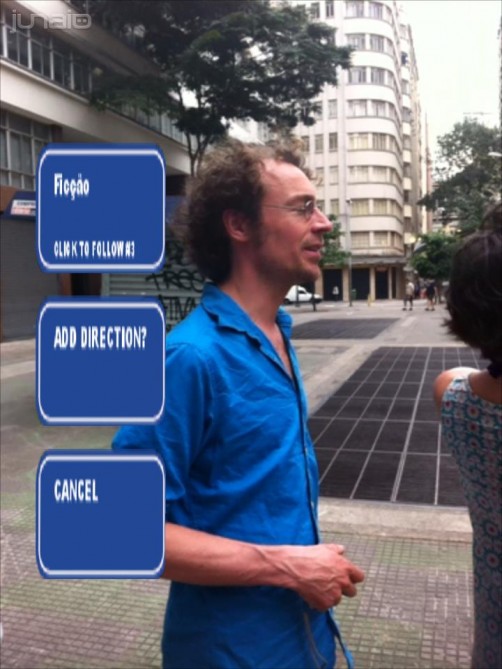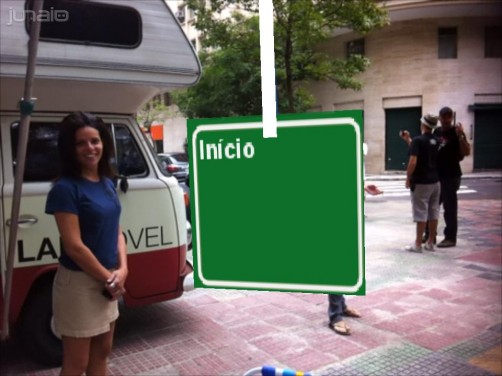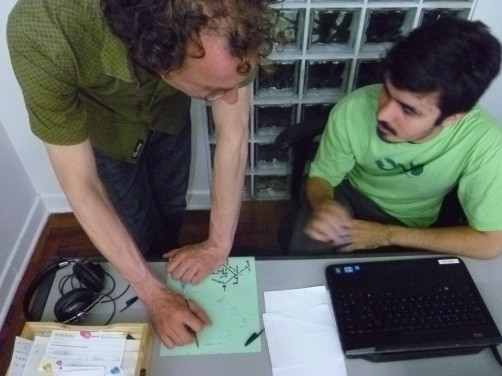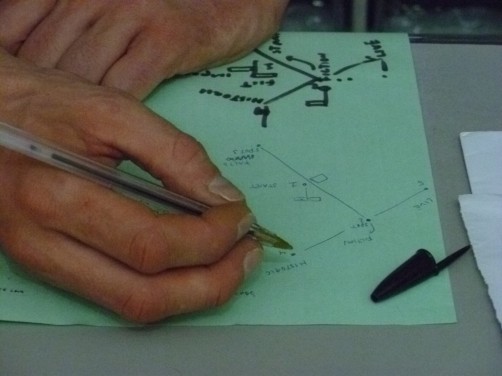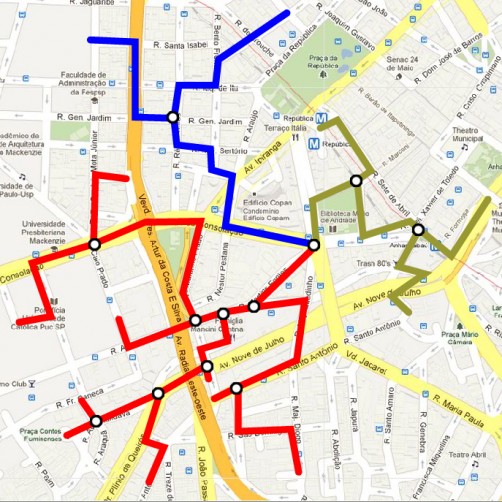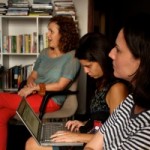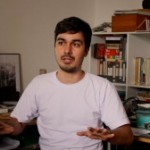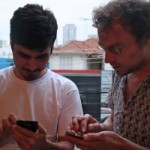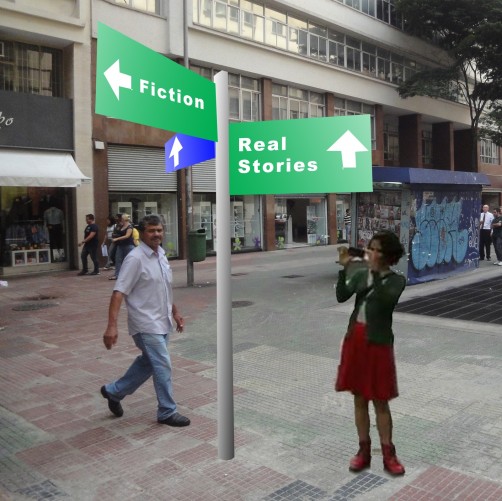Ilustrada: Projeto busca fazer arte com celular em São Paulo
[This article was published in the section Ilustrada of the news paper Folha de São Paulo on 14/04/2012]
Projeto busca fazer arte com celular em São Paulo
Artistas do Labmov vão mapear a cidade a partir de realidade aumentada
Conversas e oficinas com comunidade local vão indicar pontos que devem ter referências captadas pelo celular
DE SÃO PAULO
O artista visual Lucas Bambozzi acredita que um celular não é apenas um aparelho de telefone, ou câmera digital, ou instrumento de navegação pelas redes sociais.
“É uma interface para produzir a mistura do real e do virtual, as duas naturezas da imagem”, define Bambozzi.
Nas mãos dele e da curadora Gisela Domschke, o telefone celular serve de ferramenta para se combinar arte e tecnologia.
As imagens que o aparelho é capaz de captar e processar são a fonte do projeto Labmov, que, a partir de amanhã, coloca literalmente seu carro na rua -uma Kombi transformada para receber os artistas visuais Pixel e Sander Veenhof (leia ao lado).
O veículo vai percorrer São Paulo para mapear a cidade a partir da tecnologia de realidade aumentada, tecnologia que associa certas formas ou objetos previamente definidos a fotos, vídeos ou mensagens poéticas.
Quando o celular é apontado para o ponto onde está uma dessas formas, o conteúdo é instantaneamente exibido na tela do telefone.
“Nosso objetivo é fazer com que obras surjam a partir das localidades por onde passar o Labmov, levando em conta as características de cada local, e também as referências afetivas e artísticas de quem está afastado dos grandes centros culturais”, explica Bambozzi.
É a partir da conversa entre eles e cada comunidade por onde passar a Kombi que serão escolhidos os pontos da cidade que devem entrar para o projeto.
Sander e Pixel também trabalham no desenvolvimento de um software próprio para a “leitura” dos pontos mapeados, que estará disponível para celulares com sistema Android ou iPhone.
Amanhã, o carro estará estacionado na praça da Biblioteca Mário de Andrade (r. da Consolação, 94), a partir das 15h, para uma oficina livre de narrativa aberta.
A programação completa do projeto está disponível no sitewww.labmovel.net. (ELISANGELA ROXO)

